Space Verdict
This is a serious 70-200mm for anyone who demands the best image quality and is willing to pay. It’s worth every cent… if you really, really need that extra sharpness and lower f number.
Pros
- +
Phenomenal image quality
- +
Fast autofocus, built-in stabilization
- +
Robust lens with excellent waterproofing
- +
Very versatile for astro work
Cons
- -
Oooof, that price
- -
You won’t get detailed moon shots at 200mm
Why you can trust Space.com
Let’s get this out of the way upfront: the Nikon Z 70-200mm f/2.8 S-Line lens is easily one of the best lenses out there. Period. In terms of versatility and overall quality of the images you pull out of it, there are few lenses that come close to this telephoto zoom. If you’re looking for a lens that gives you mid-range focal length, and you have a spare $2500 to spend, then we recommend this above all else. There’s a reason it’s high up in our list of the best zoom lenses. So, what’s the catch?
- Type: Z mount, full frame, telephoto zoom
- Compatibility: Nikon Z
- Focal range: 70-200mm
- Aperture range: f/2.8 - f/22
- Thread size: 77mm
- Weight: 3lb 3oz
Well, in some ways there isn’t one. If you’re a dedicated astrophotographer, committed to your art, then you’re accustomed to spending thousands of dollars on lenses. It’s expected. So the price isn’t an issue, provided you know that you’re getting what you actually pay for, and with the Nikon Z 70-200mm f/2.8 not only are you getting a flexible, adaptable lens, you’re also getting one that scores brilliantly on all image sharpness tests. Nikon’s Z lenses (especially the S-Line series) are known for how crisp their image quality is, right to the edge of the photo - one of the reasons they feature heavily in our best lenses for astrophotography guide. The catch is in the fine details here, and this only really becomes an issue for pure astro shooters.
Design
- OLED info panel on the lens
- Weighs over 3lbs
- Tripod foot and lens hood included
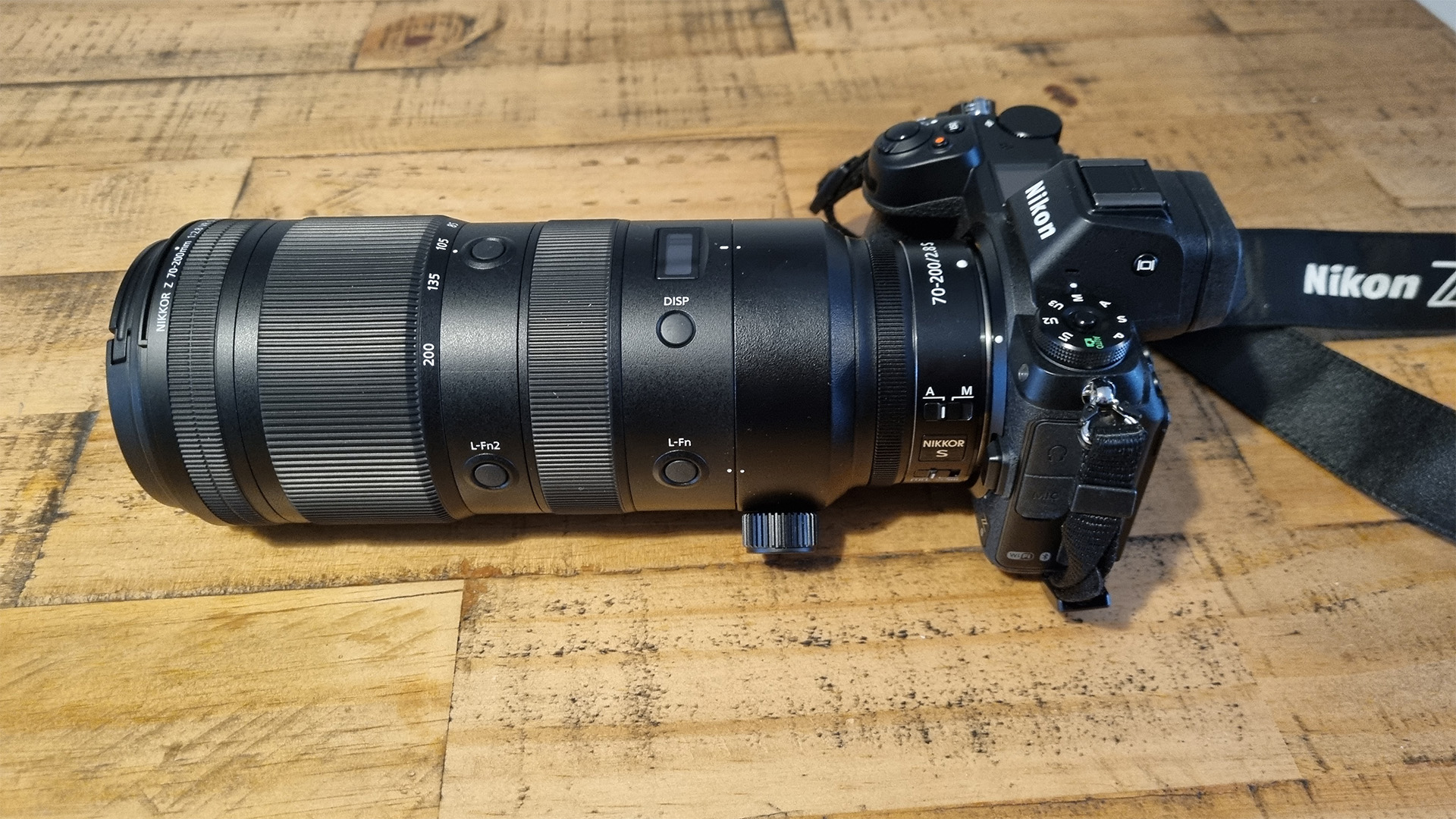
The Z 70-200mm lens isn’t a small or light lens. Weighing in at over 3lbs, and measuring 8.7 inches from the mount to the tip, it’s a significant piece of kit, and will almost double the weight of your Nikon Z body once attached. It comes with a standard foot for fixing to a tripod (so you don’t over-balance), which can be detached for handheld shooting. So far, so similar to the older Nikon DSLR 70-200mm lenses.
However, the closed design is extremely elegant, and the unit itself is incredibly sturdy and well weather-proofed - essential for astro. The outer lens element - one of 21 total elements, in 18 groups housed inside the lens body - is fluorine-coated, making it tough to scratch or mark. That’s as you’d expect for this kind of price, but when you’re handling the Z 70-200m you really get a feel for how tough it is.

There are three focus rings, and an OLED display on the top of the lens, showing you current shot settings. The innermost ring handles aperture, and is probably the least practical of the three if you’re shooting handheld, as we found ourselves unbalanced when moving our hand to adjust this ring. A very minor gripe, and something completely negated by tripod shooting. The middle ring is for focusing, and feels incredibly satisfying to use, while the frontmost / outermost ring is for focal length. They’re all well placed, simple to use, and very tactile.
You can shift the function of the OLED display to measure whatever aspect of the exposure you’re changing, and we found it most useful to show shutter speed, as this is one of the things you need to watch most closely if you’re handheld. Again, tripod shooting is less of an issue as you’re planning shots more carefully. There are a total of four customizable buttons about two-thirds of the way down the lens, between the focus and focal distance rings, and a second function button just next to the display. In total, you can assign 21 different functions to just the lens itself, which is a huge boon for anyone shooting via viewfinder, as you have immense control over your shot without ever looking up or moving your hands.
In all, it’s a very elegantly designed lens - no fuss; just function. The only real issue is the size and the weight, so when you’re shooting with a tripod, you will need a sturdy head and a strong base, even when using the lens foot provided.
Breaking space news, the latest updates on rocket launches, skywatching events and more!
Performance
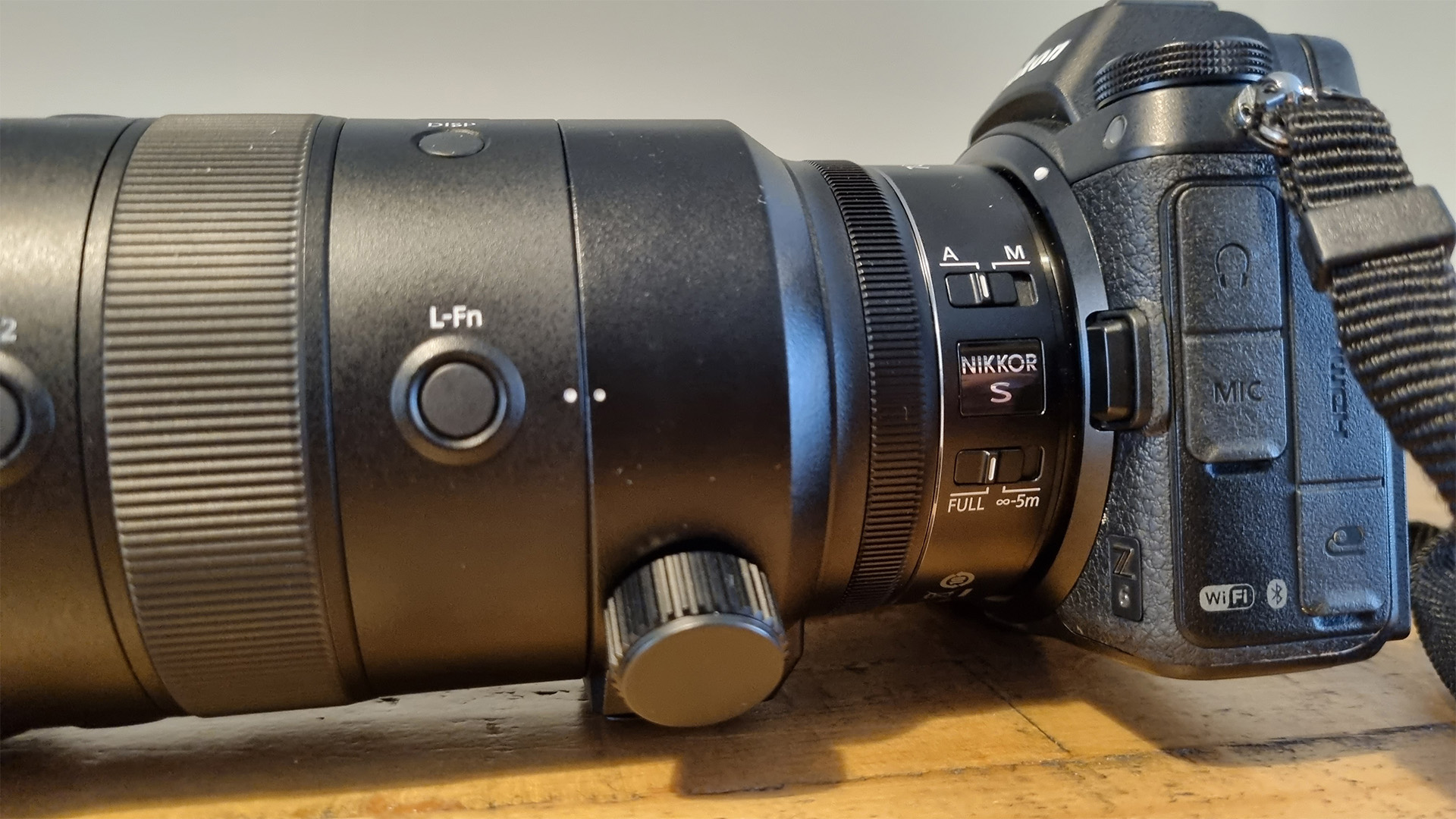
Frankly, the performance of the Nikkor Z 70-200mm, for all kinds of shooting, is brilliant. For starters the autofocus is fast and quiet, and - crucially - the lens has built in stabilization, which Nikon calls Vibration Reduction. This is an essential counter to the weight of the lens, and allows you to shoot in lower lights or at slower shutter speeds without the need for a tripod. Yes, obviously you need a tripod for stars, but it’s very possible to get crisp, clear images of the moon while shooting handheld, especially when combined with the excellent ISO capabilities of the Z-series bodies. However, perhaps one of our few criticisms of the 70-200mm lens is that it doesn't quite do a job if you want detailed, close-up images of the moon. For that kind of thing you need at least a 1.4x teleconverter (and there are some compatible Nikon devices, so don’t worry), or you should consider the newer Nikkor f/4.5-5.6 100-400mm lens instead. Trouble is, you lose that lower aperture with a longer lens, so there’s a trade-off, especially for astro. There are 600mm and 800mm lenses on the way, but no firm release date as of yet.
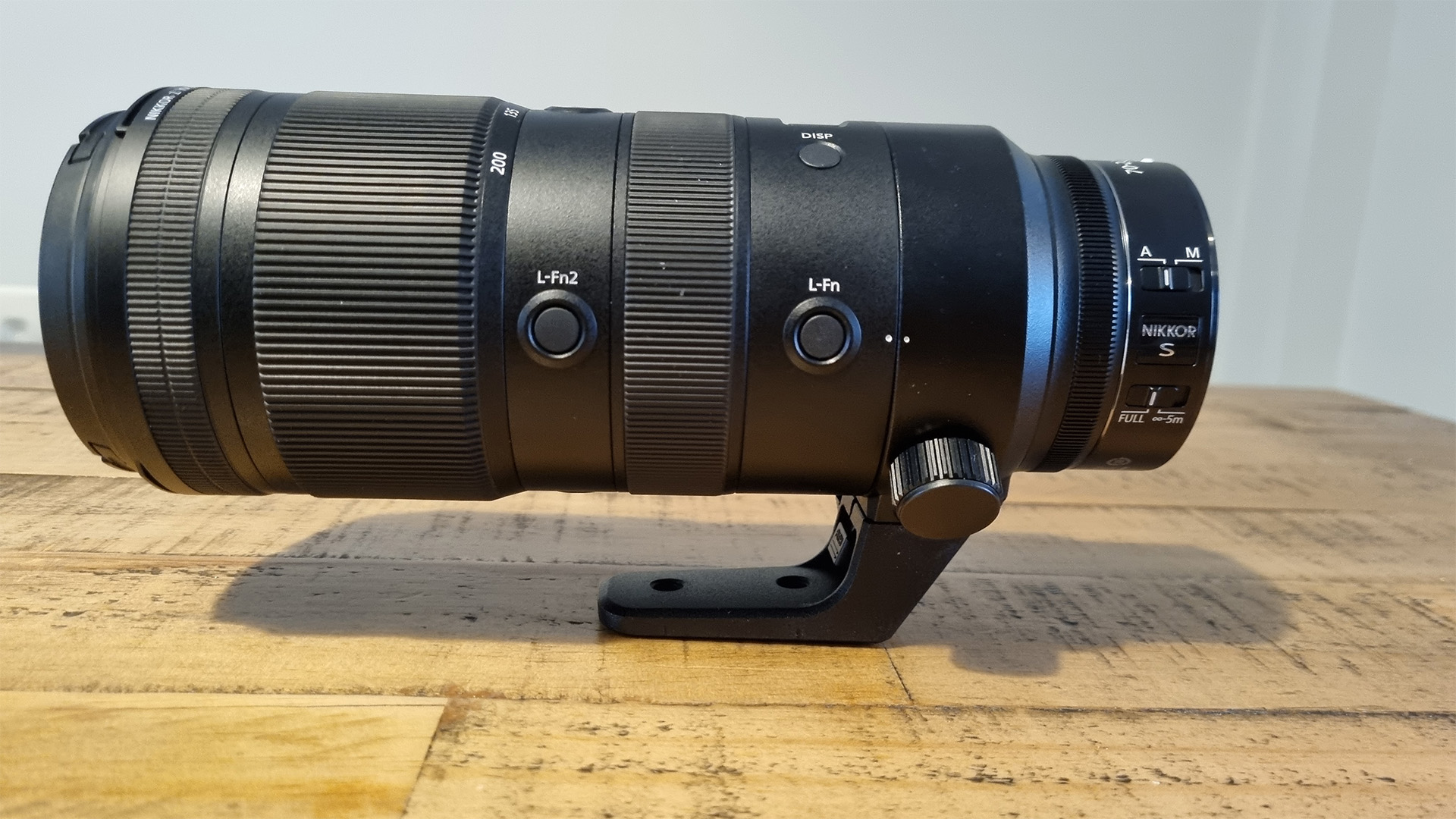
And that lower f-number really is one of the main reasons why you pay so much for this lens. While we’re pleased to see the build quality is fantastic, and it has all these additional functions, it’s the wider aperture - and the compression it offers when combined with focal length - that really hikes up the price. This makes the Nikkor 70-200m f/2.8 an outstanding portrait lens and, combined with something like the Z7ii, an excellent videography lens too. In terms of landscape and astro, though, it’s a little more specialized. You absolutely need that f/2.8 for sharp images of stars, but does the minimum 70mm focal length make it too narrow for sweeping landscapes? That’s a question for you, but we still found it versatile enough to take some truly excellent photos of stars, provided there was some kind of good foreground subject to anchor the scene.
If you’re shooting daytime landscapes, it’s important to note that the sharpness of the image is incredible, right to the edge, at all focal distances. While Nikon’s older 70-200mm f/2.8 FX lens for the DLSR systems drops off at the 200mm range, there’s almost no loss of quality or diffraction when shooting at the widest or narrowest aperture, at the longest focal length. The images you get are truly breathtaking, no matter how hard you push the lens. In terms of performance this is a triumph - the only issue being that astrophotographers may benefit from the wider view of the equally magnificent 14-24mm f/2.8 or even the low f-stop of the 20mm f/1.8 prime.
Nikon Nikkor Z 70-200mm f/2.8 sample images

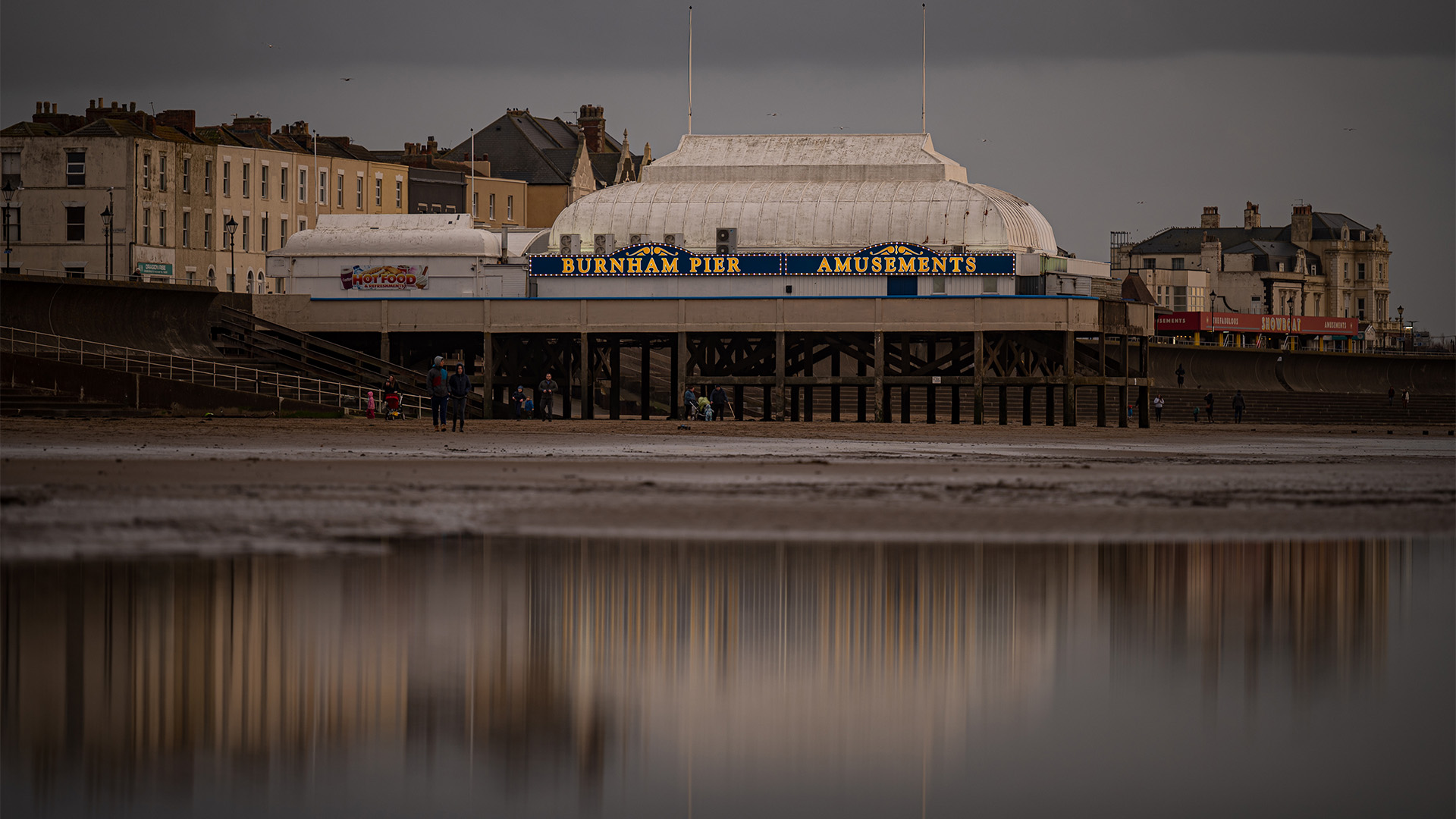
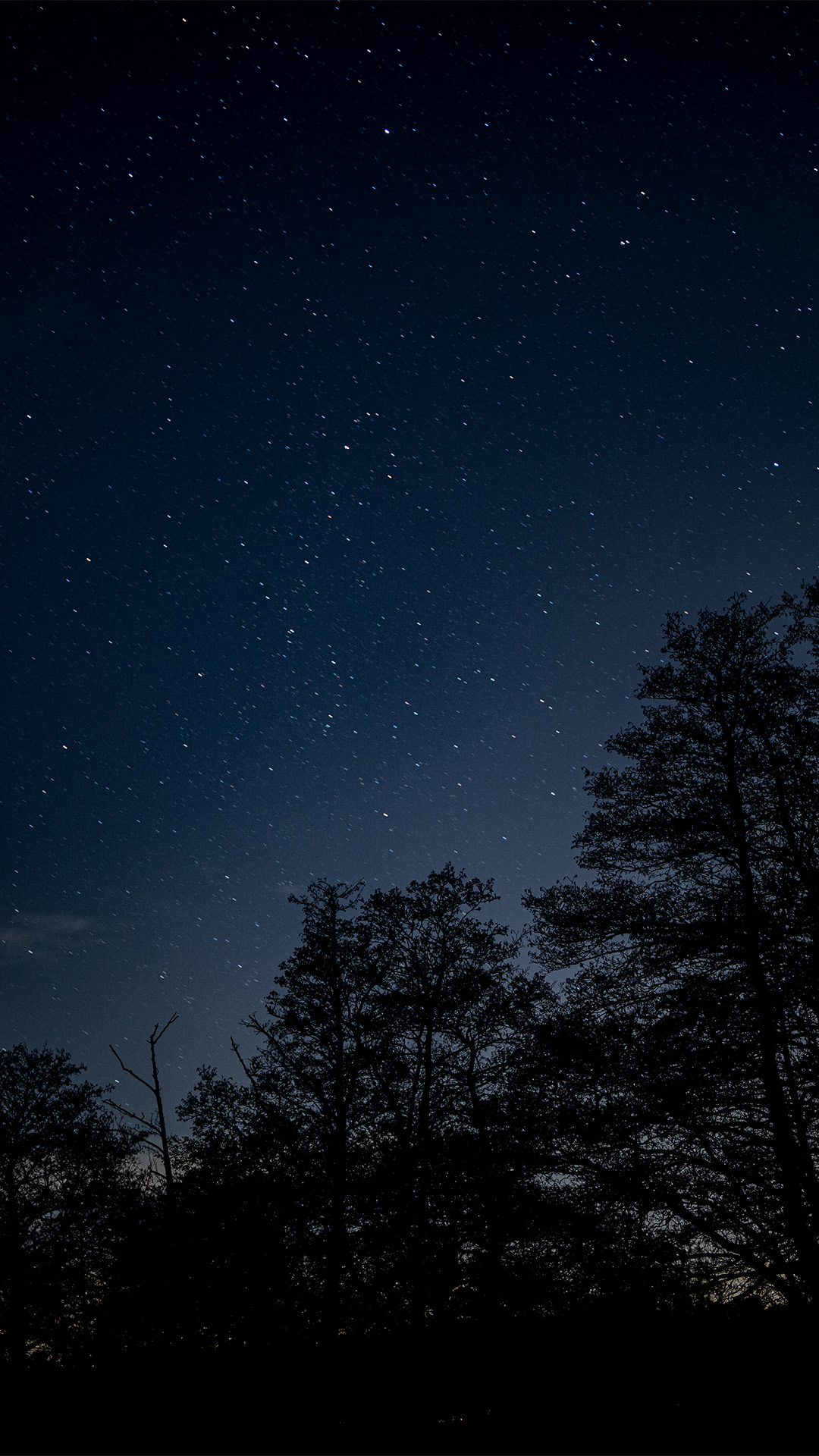

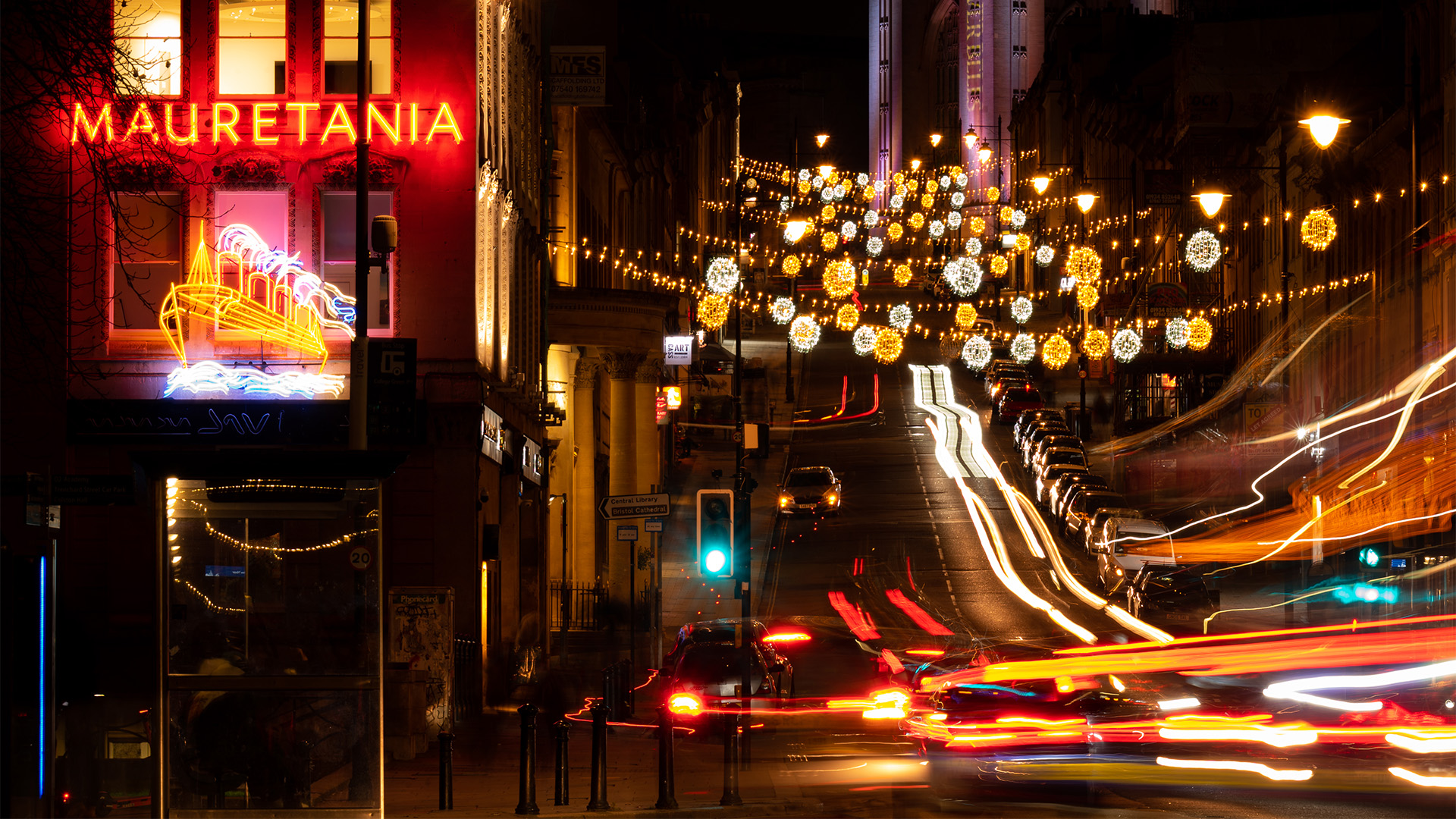
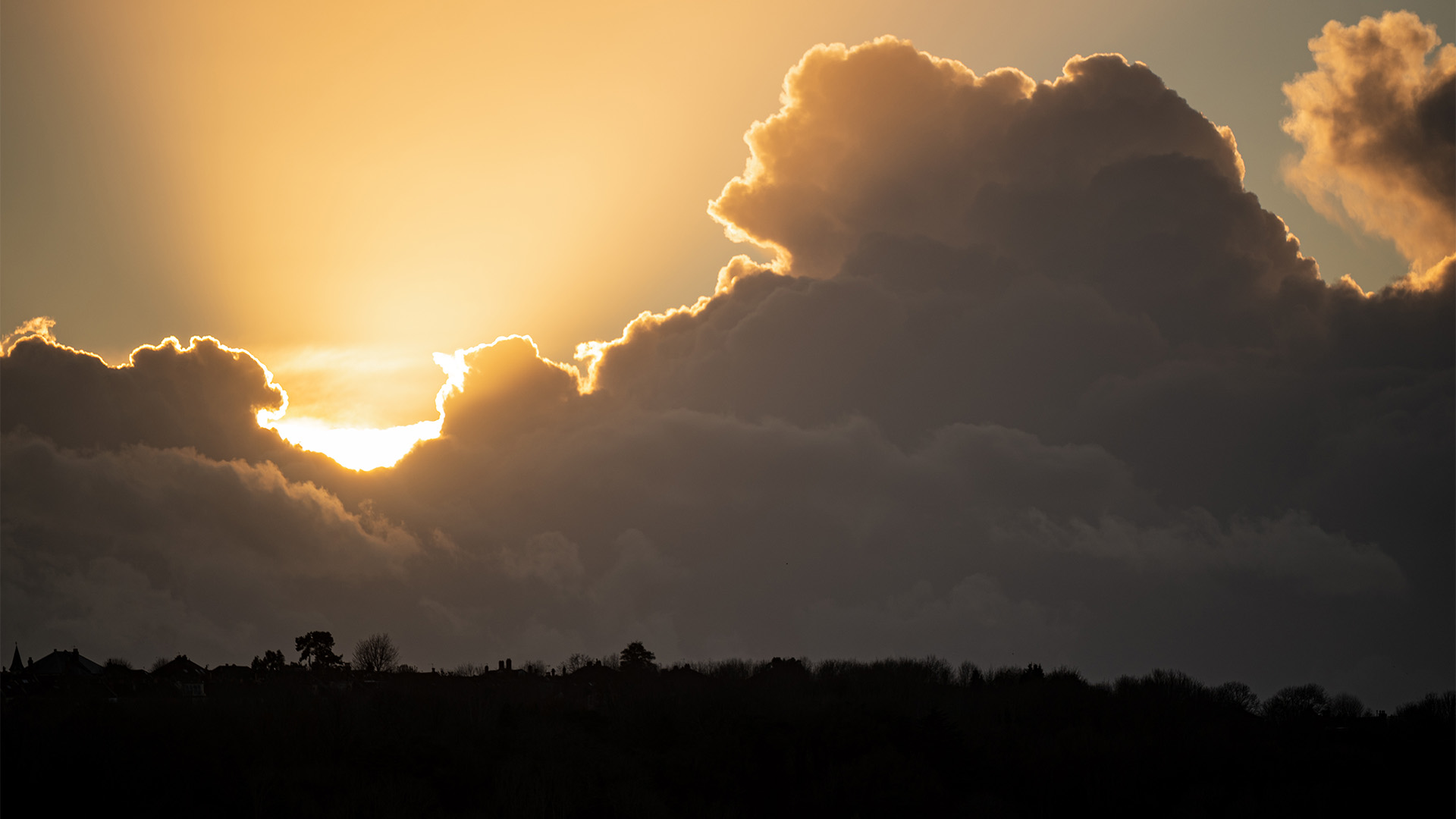
Should you buy the Nikon Nikkor Z 70-200mm f/2.8 S-Line lens?
This is a fantastic lens, with very few flaws beyond that high price. Even then, we see the Nikkor Z 70-200mm f/2.8 as great value for money, considering what you actually get, even if the higher price puts it well out of some people’s budget. What you get is a superb, versatile lens that will perform in almost all conditions and situations, and churn out some amazing quality photos.
Where we’d recommend caution is in your own specialist need. If you’re shooting moon photos, then 200mm probably won’t satisfy you - so do you go for a longer focal range or add a 2x teleconverter? Similarly, if you’re trying to get as much of the night sky as possible in your shot… well, that 70mm minimum focal distance may be too restrictive for you, long term, and you’d be better considering something wider. However, if you know you need a 70-200mm, you’re using it for way more than astro, and you have the money then there’s no better Nikon lens out there.
If this product isn’t for you
Let’s face it - we don’t all have $2500 just sat in our bank account, waiting to be spent on photography gear. If budget is an issue, but you still want a good 70-200mm full-frame lens, then you have two options. First is the original Nikon 70-200mm f/2.8 ED, which is available for less than $2000 now, if you can find it. Ok, small saving, but remember you’d need to factor in the cost of a Z-mount adaptor for that too. Alternatively, we really recommend looking at the Sigma 70-200mm f/2.8 DG OSM lens for Nikon’s F-mount, and adding the cost of an adaptor too. You could probably find this combo for about $1600, which is good for this kind of lens.
If you’re happy to sacrifice that f/2.8, then Nikon has a fun Z 24-200mm f/4-6.3 compact telephoto for less than $1000. You’re losing the ability to pick out clear stars, but it’ll work just fine for basic astro and moon shots. For ultra budget, try the Nikkor Z 50-250mm DX lens for less than $500. No, it isn’t a full-frame zoom, but it’ll produce excellent images. Of course, our top Nikon pick for astro is always going to be the 14-24mm f/2.8 S-Line lens, but that’s $2400 too, so you’re not exactly saving any money there.

Andy is a Content Director who has been working in media for over 20 years. Andy has run several brands during his career, including Top Ten Reviews, GamesRadar, and a suite of magazines. He is also a part time tutor in Game Design, a photographer, and a mentor. Andy specializes in landscape and urban photography, but also takes pictures of the moon and night sky. In his spare time, he enjoys building Lego with his son and watching all kinds of sci-fi TV.

